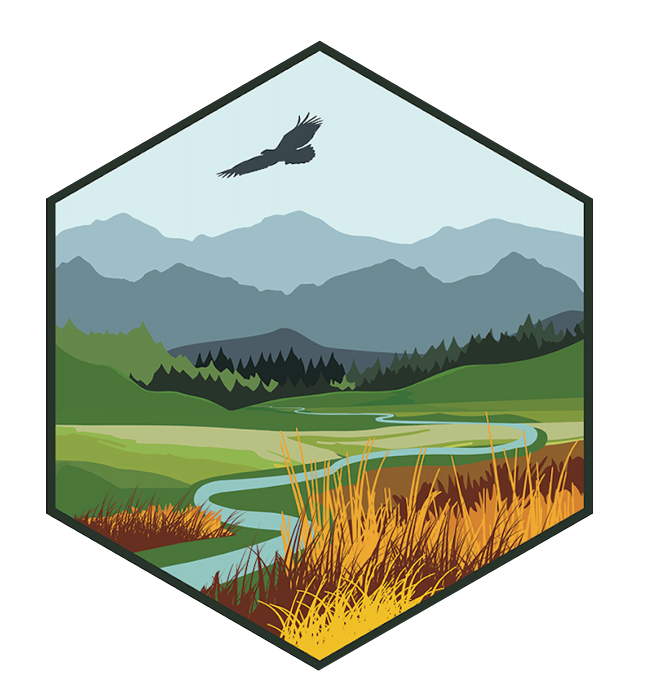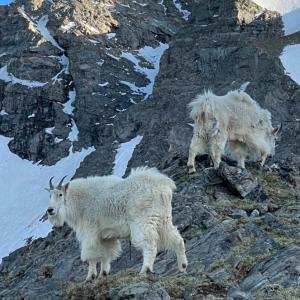Managing Mountain Goats?
Date
Alpine ecosystems can be considered "hard boundaries" where climate change is expected to have disproportionate effects on the species that call it home. Dr. Imtiaz Rangwala, NC CASC climate scientist, is a co-author on a new study that investigates demographic uncertainty and disease risk of particular alpine species that most people are probably familiar with: mountain goats and bighorn sheep. The distribution of these populations overlap substantially and as a result, they share similar niches and pathogens.
Management objectives for both species are similar, marked particularly by the need to consider local risk tolerance for diseases, particularly pneumonia. Widespread pneumonia in bighorn sheep, for example, may negatively affect the mountain goat. However, collecting data on mountain goats is a challenging endeavor - they are agile climbers, after all! - and the data that are available are pretty sparse. For these reasons, making management decisions remains difficult.
What might be some climate-resilient strategies to boost mountain goat numbers? Translocations might work to increase distribution of populations, but may set into motion more disease risks that are simply not tolerable. Population augmentations, carnivore management, and harvest management may improve populations, but there are still great uncertainties associated with these. Targeted research and continued monitoring remain important objectives for managers, in order to reduce these key uncertainties in order to improve future outcomes. An adaptive management program might look like this: a portfolio of management actions that get chosen based on risk tolerance for each population, combined with the reduction in uncertainty when paired with real-time ongoing monitoring, as financially and logistically feasible.


